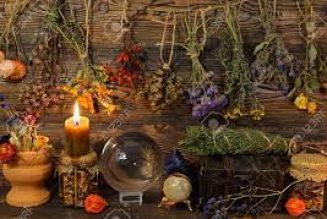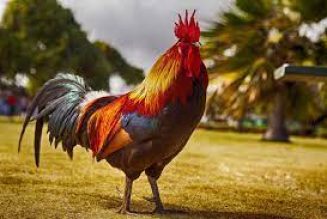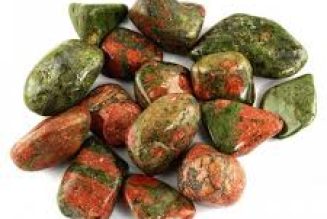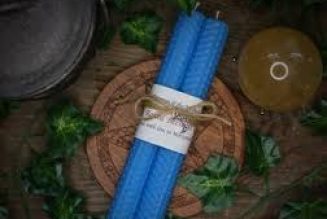Famous American witch doctor, Doctor John (also called Bayou John and Jean Montaigne) was a free black man who owned slaves in antebellum New Orleans.
A huge man, Doctor John claimed he was a prince in his homeland of Senegal, sent into slavery by the Spaniards and taken to Cuba.
There he became an excellent cook and convinced his master to grant his freedom.
Next he worked as a sailor, returning to Senegal, where he no longer felt at home.
Returning to sea, he ended up in New Orleans, where he found work as a cotton roller on the docks.
He noticed he had the “power,” and his bosses made him overseer.
Doctor John’s fame spread, and he found he could get money for his tricks and services.
He built a house on Bayou Road and bought female slaves. He married some of them, performing his own ceremonies, eventually boasting 15 wives and more than 50 children.
New Orleanians stared at him in public, for he rode in a carriage with horses as fine as any white man.
When Doctor John rode horseback alone, he wore a gaudy Spanish costume.
Later he affected an austere black costume with a white, frilly shirt and grew a beard.
Leaving the Voodoo meetings to the administration of the queens, Doctor John specialized in fortune-telling, healing, and making gris-gris.
His house was filled with snakes, lizards, toads, scorpions and human skulls stolen from graveyards.
Blacks and whites came to him for advice, love potions, and the placing or lifting of curses.
Others followed his commands out of fear of Doctor John’s secret knowledge.
Most of his wisdom did not come from the spirits, however, but from a huge network of black servants placed all over town.
He either bought or took information from them, thereby giving him an advantage when thickly veiled white girls came to him desiring to know if their lovers were faithful.
One of Doctor John’s specialties was the starting or stopping of poltergeist phenomena, the usual showers of rocks and stones on the victim’s home.
Policemen stood baffled as the rocks rained down, apparently from nowhere.
Naturally, Doctor John could stop such harassment, for a fee. One case reports that the slaves of Samuel Wilson paid $62 to stop a shower of rocks, but Wilson took Doctor John to court to retrieve the $62.
A few days later, the rock showers began again. Unable to read or write, Doctor John supposedly amassed a fortune, even burying $150,000 on his property, according to local stories.
He never forgot his poorer neighbors, however, dispensing food to anyone who needed it. But by the end of his life, his poor business sense caused his financial demise.
He didn’t trust banks, convinced that once he gave a bank his money he would never see it again.
His investments turned sour, and his wives and children were continually leaving with part of his assets. Others cheated him outright. Finally, Doctor John employed a young black to teach him to read and write, and he spent long hours learning to sign his name.
One day, a con artist had him sign his name at the bottom of a long paper, and Doctor John lost all his Bayou Road property.
Doctor John tried to regain his prestige, but younger people—principally his protégée, Marie Laveau, then her daughter of the same name—had taken over the voodoo business.
At age 80, he was forced to move in with children from his white wife, though he despised mulattoes.
New Orleanians gossiped that Doctor John was “fixed,” or the victim of spells greater than his. He died in August 1885 at age 82, four years after the death of the first Marie Laveau.







